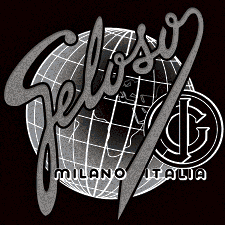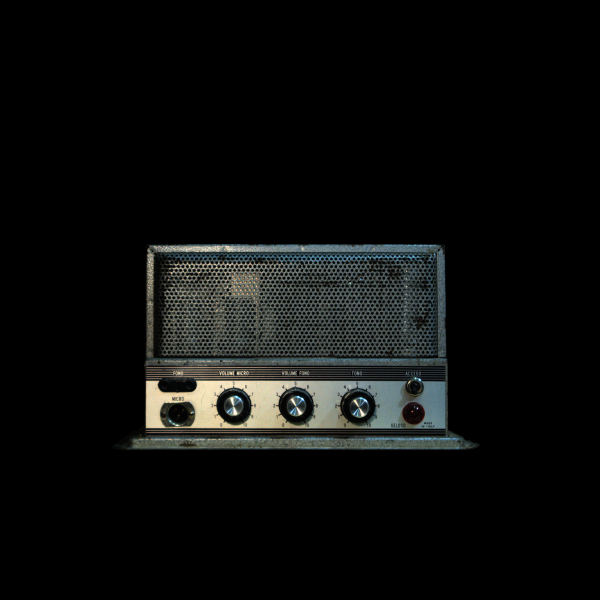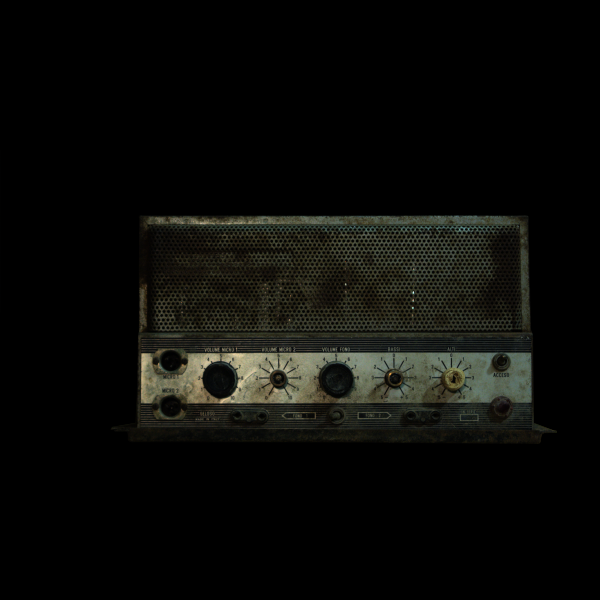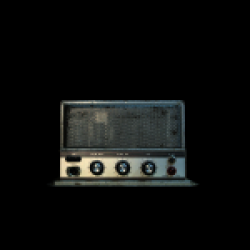AMPLIFIERS
audio &
vacuum tubes
valve amplifiers
audio&
vacuum tubes
Why? Well, I certainly wouldn’t call myself an 'audiophile,' but I love music, and I enjoy listening to it at high volume, free from distortion, and powerful.
I won't go into technical details about first and second harmonic distortion and all the technicalities... for that, I’ll refer you to the technical section.
I first came into contact with my first vacuum tube amplifier thanks to a kit from Nuova Elettronica... I was just a little over a child, but I was fascinated by the world of electronics, and with the tube, it was love at first sight
I built a kit with two EL34 as class A output tubes, driven by two ECC82... in practice, just under 10 watts. I still remember the excitement of the first song played; I immediately realized that either those weren’t 10 watts, or my conception of musical watts was wrong!
The second one!!
That was the sound I liked... powerful, warm, enveloping.
Over the years, I slowly deepened my understanding of tube amplification and realized that kit had several flaws and components that weren’t exactly of high quality. But, as I often say, everything has its purpose, and in this specific case, that kit brought me closer to a world that, given the significant costs, would have been absolutely distant and unreachable for me.
For this, I still thank that historic magazine, which, from my point of view, had a very specific purpose: to inspire others!
Over time, I ventured into other creations... the first ones copied exactly from schematics found here and there... and then, with a bit of experience, with schematics designed and calculated on my own.
"There could be (and I will do it) a whole poem to write... but on this page, I would like to present, for those who still don’t know it, an old Italian brand that produced amplifiers, radios, recorders, as well as the components themselves, such as transformers, capacitors, etc.
Today, nothing remains of it, except for its products, which were designed to last over time, robust and indestructible... I’m talking about the vacuum tube amplifiers from GELOSO.
These amplifiers were not designed for music listening in an apartment; the same aesthetics confirm this further. They were made for large spaces where sound needed to be spread, such as theaters, cinemas, churches, schools, barracks... but also (in fact, we find models that can be powered by 12V DC) makeshift stages in squares, mobile sound systems, and so on. Imagine what a cinema or theater amplifier (we're talking about the '40s/'50s) could do in a smaller space? Devastating!
These amplifiers are certainly not 'audiophile' quality, although there are models with a comparable passband. However, they have lasted to this day precisely because of the robustness with which they were designed by the Geloso technicians, and with a few modifications to improve their already excellent sound qualities, they can, in my opinion, compete with the most renowned HIFI systems available today in mainstream distribution.
Today, many guitarists are searching for these old vacuum tube amplifiers, which they adapt for guitar use.
This is because, as is well known, vacuum tube amplifiers for electric guitars have always used poor-quality components... and switching to a higher-quality amplifier at a significantly lower cost than the more renowned top-of-the-line models is certainly advantageous. However, here too, a small reflection is needed: it is precisely because of those technical imperfections, those attempts to produce affordable amplifiers (at the time), that the famous distortions, now called ‘effects,’ were born... I think of Jimi Hendrix... but I could name others, all guitarists who gave meaning and life to this kind of vacuum tube amplifier.
I invite you to read, in the HISTORY section, the page dedicated to Giovanni Geloso... or rather, given his American background, John Geloso... an Italian entrepreneur who was so forward-thinking and visionary that, in my opinion, he can be compared, if not surpassed, by Steve Jobs. He was so indispensable that his company did not survive him... it died with him.
I leave you with my collection of Geloso amplifiers... in which I will try to present various models and their characteristics.
collection
Work in
progress
Finding specimens is not a big problem, given the widespread presence of these devices throughout Italy, Europe, and parts of the world... but finding them in good condition, and not heavily modified by experiments or personal repairs, is quite another matter.
Restoring an amplifier is probably easier than restoring an old radio, but doing a good job requires experience, common sense, and appropriate laboratory tools, not to mention the technical competence that is essential for achieving an excellent final result and, above all, for not prematurely ending your life attached to an anode at 500 volts. The voltages involved in all vacuum tube equipment are so high that they can kill, so it is essential to know exactly what you’re doing. There are tubes with anode voltages exceeding 1000 volts, and in these cases, you don’t even have to touch a conductor to get shocked... it’s enough to get close enough to cause the electrical arc to strike. I say this because it often ‘seems easy’ and people feel urged to try and ‘get their hands on it’... well, one thing is approaching this world with due ‘respect’, learning the necessary information step by step, and another thing is jumping into something for which you are absolutely unprepared... exactly, common sense is needed!
After this long introduction, here are some of the latest pieces I am restoring:
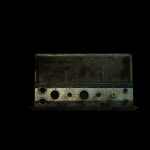
G-227-A mono da 11Watt
4 tube: 14AT7 – 12AX7 – 6V6 e 6V6
"It can be powered at 110, 125, 140, 160, 220 volts AC and 12 volts DC.
Produced in 1966
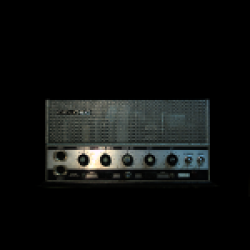
G-3227-A mono da 30 Watt
5 tube: 12AX7 – 12AX7 – 12AT7, 6CA7, 6CA7
Produced in 1965, 11.6kG
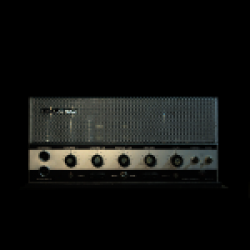
G-1110-A mono da 110 Watt
7 tube: 12AX7 – 12AX7 – 12AT7, EL503, EL503,EL503,EL503
Produced in 1966, 16.3kG
